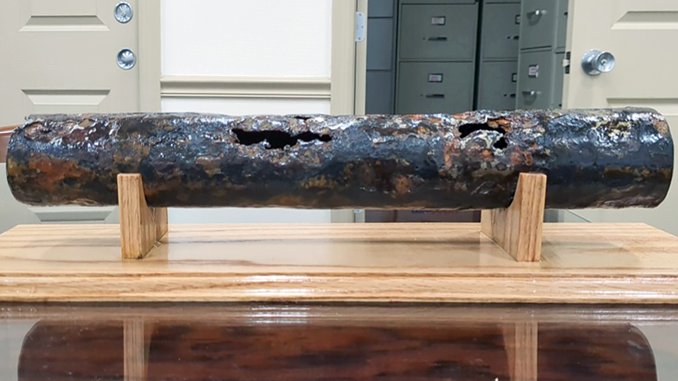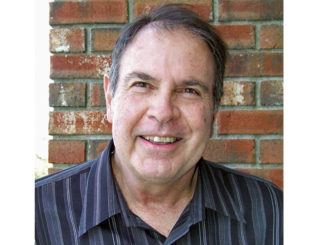
Comments to be submitted before adoption
On Sept. 21, Town Council and Village Board representatives converged to meet with the Water Committee and the village’s engineer to discuss the recently drafted Water Master Plan. During the meeting, a “Cliff Notes” version of the plan was discussed as the two communities continue their mission to conduct a deep dive into the water system and determine what’s in desperate need of repair and what can wait long-term to be addressed.
The greater Cornwall water system was developed starting in 1888 and to date, about 25% of the 52 miles of popping in the village and town dates back to 1895 when the first water mains were put into the ground. The Water Department continues to place bandaids on the system, but the aging infrastructure became a concern to Mayor James Gagliano. He directed the village’s engineering firm to create a Water Master Plan providing information on what the system entails including piping, treatment facilities, and water sources, as well as what repairs and upgrades need to be prioritized.
Cornwall’s main sources of water are the well fields on Jackson Avenue and Taylor Road, as well as the Black Rock Forest, where the reservoirs are located. Water can also be drawn from the Catskill Aqueduct, but the village hasn’t had to do so in the past three years.
Over the last 60 years, repairs to the system have been done in a reactive manner, but the hope is the Master Plan will allow the two communities to be more proactive in developing a system in a “financially responsible manner which ensures a robust and resilient water system for generations to come,” said Water Department Superintendent Michael Trainor.
The system is made up of about 300,000 feet of pipe and 50 miles of water main, with 2,600 service connections between the two communities. In 2013, the system operated with a 56 percent lost water rate, but that number has been reduced to 13 percent, producing about 0.78 million gallons of water daily.
Aging infrastructure not only entails replacing piping over 100-years-old, but repairing dams being held together with “plywood and duct tape.”
Toward the end of 2022, a Water Committee was formed to discuss how the village should close the gap with regards to the rate town residents are charged with water. The committee will also be tasked with reviewing the Master Plan and making recommendations to the Village Board.
The Master Plan, which totals about 69 pages and won’t be released for public consumption until it’s officially adopted, consists of three major components: Renewal and Replacement of Water System Assets, Operational Efficiency, and Capital Asset Management.
Priorities include: preservation of well fields and water quality, modernization of the water system and system-wide integration, distribution system analysis and improvement plan, system asset catalog, management, and replacement plan, development of the future water system, lead and copper rule compliance, and smart meter installation.
The plan also addresses the need for the town and village to create an Intermunicipal Agreement as funding agencies prefer the municipalities work together, making them more successful in being awarded grant money. One of the reasons the town and village successfully received a NY Forward grant is because they worked together when applying for funding.
During the meeting, the mayor mentioned mechanisms to fund projects in the future, something the Water Committee has also discussed. Gagliano said various municipalities have approached the village in the past about the potential of selling water. He said the village is in a position to sell 800,000 to 1 million gallons of water per day, should the board decide to do so.
The next step will be for the two boards, as well as the Water Department, to review the Master Plan and submit comments to the engineer. The goal is to adopt the plan as soon as possible.



